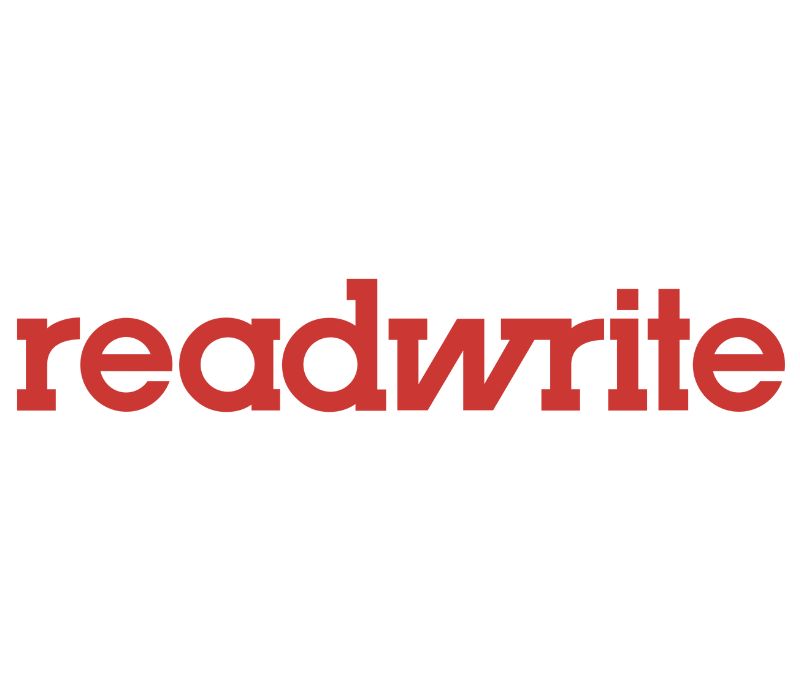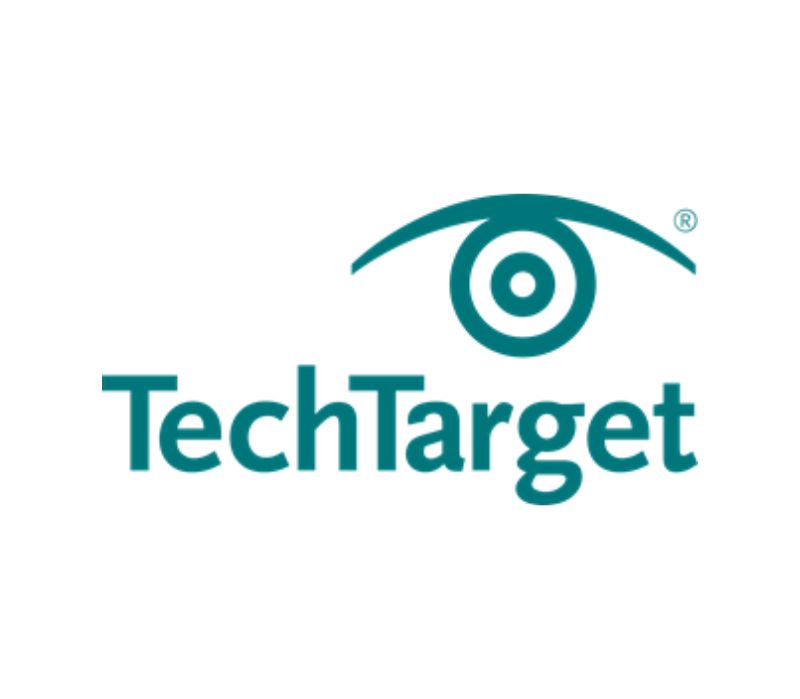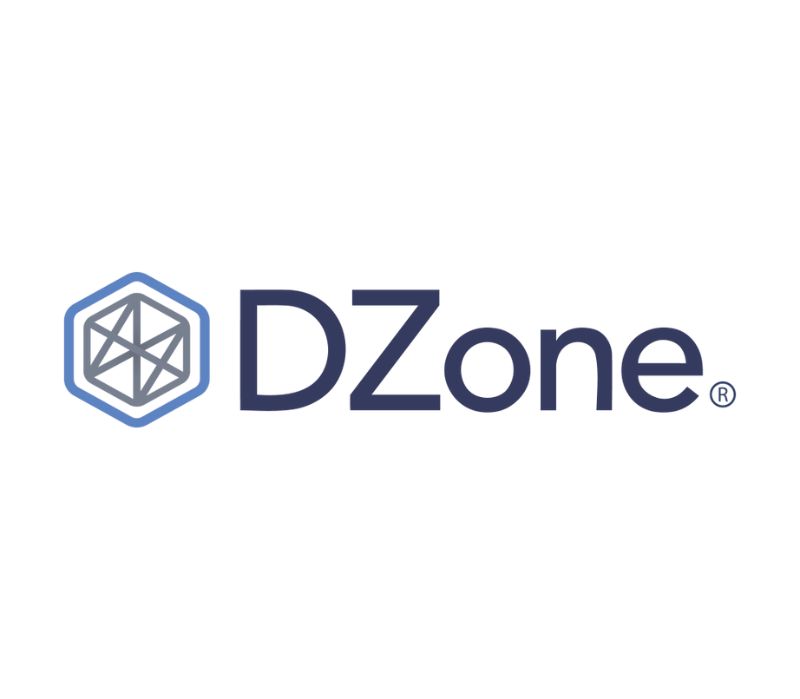Hi, I am Madhukar
A B2B Content Writer
“Your textual content needs much more than a high number count and keyword density, even if you follow a hyper-SEO-focused strategy.”
If you’re in for quality content, connect with me at: madhukarjangir@gmail.com
Have a GPT4 subscription? Use my custom GPT for B2B Content

Content Writing for B2B
It’s been five years since I’m writing content for the B2B niche, and throughout that time, I’ve been in tune with the latest digital marketing trends. Therefore, my content quality is instrumental, especially if your content guidelines include traits like semantic content and keyword intent.
At this stage of my writing career, I’m sound at writing for Digital Marketing, Finance (including FinTech and Accounting), Software Development, Technology (including AI & ML, AR/VR, Blockchain, and IoT), Travel, and a few other B2B niches.
Hence, if you’re looking for a B2B content writer in these domains, you’ll be delighted with the work I deliver. I’m comfortable writing up to 10K words of a blog post and other marketing materials.
You can simply click on the chat widget in the bottom right corner to reach me instantly. I’m always available there.
7+
Years of Experience
30+
Happy Clients
1K+
Articles Written
10K+
Words of Guides Written
Been Featured On Top Blogs
Four Things I Always Promise
1
Exceptional Language
The tone and language of a marketing piece should be as per the reader’s knowledge level, and I understand that. I clearly understand the difference between B2C and B2B communication.
2
SEO Optimization
The content will always be as per your SEO strategy. For example, if you require a keyword density of 1.5% or 3%, I can optimize that naturally.
3
Optimized Headings and Structure
The blogs, web pages, eBooks, and guides I deliver always have headings optimized for H1, H2, H3, and so on. Also, the structure is SERP-friendly.
4
Data-Backed and Visually Rich Content
I always back my claims with recent reports and studies. In addition, to improve readability, I always include images and graphs, which also helps you in SEO optimization.
My Content Writing Expertise
Website Content
While writing content for website service pages, finding a balance between SEO and creative communication is essential. I’ve helped many brands communicate their offerings and unique characteristics. Similarly, I can create website content for you that showcases your expertise, highlights your unique selling proposition, and persuades your ideal customers to take action.
SaaS Content
SaaS is competitive, and it’s critical for you to build a website that not only looks great but also has content that communicates the right message to your target audience and converts visitors into loyal customers. That’s where my expertise comes in. I’ve helped several SaaS products craft awesome landing pages and communicate their benefits to the target customers.
Technical Writing
Be it IT outsourcing or a product-based IT company, you need content to promote your services via SEO, paid marketing, social media, and other means. I’ve worked with many technology companies in the past and written content for various types of marketing material, including landing pages, long-form blog posts, email newsletters, case studies, eBooks, and whitepapers.
Blog Posts
If you’re willing to establish your brand as a thought leader in your niche, increase your online visibility, increase your website traffic, your hunt for a content writer ends here. I work closely with your marketing team to understand your target audience, brand voice, and content strategy. Accordingly, I create compelling, informative, and shareable blog posts that resonate with your ideal customers.
eBooks
eBooks marketing is a proven strategy to showcase your expertise, communicate your brand message, provide value to your target audience, and, most importantly, gather prospects’ information. I ensure the best eBook by conducting in-depth research on the topic, crafting a compelling and informative narrative, and writing content that reflects your brand tone and relates with your target audience.
Case Studies
Case studies are an essential tool for businesses to demonstrate their success, highlight their expertise, and persuade potential customers to choose their products or services. However, writing a compelling and informative case study is very different than blog posts or web pages. It includes interviewing key stakeholders and crafting a persuasive narrative that showcases your business’s success and highlights your unique value proposition.
Don’t Miss Out on Reading These

Top 5 AI Assistants for Content Writers

Can AI Article Writers Replace Human Writers?









